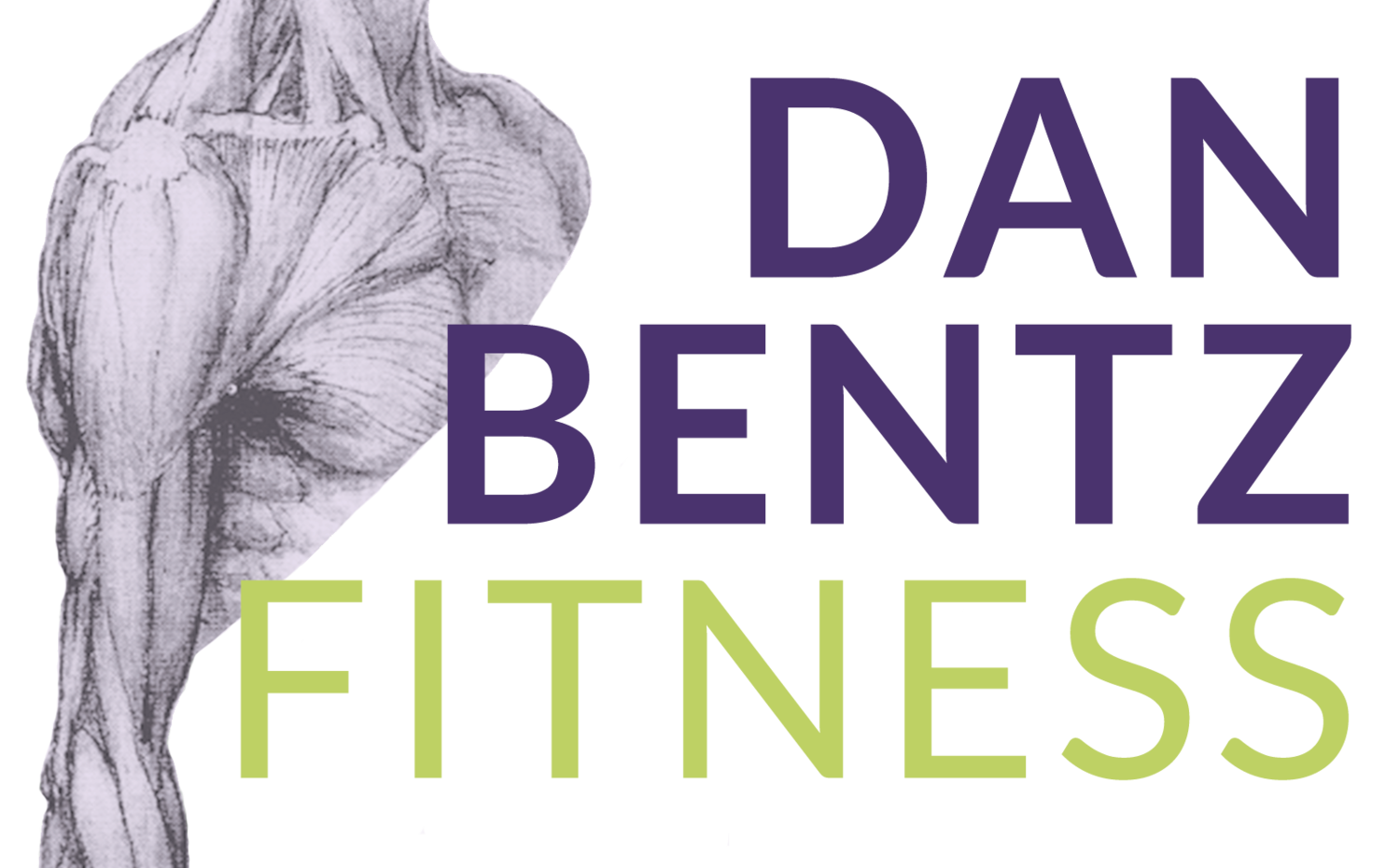A couple of weekends ago, I had the opportunity to attend a weekend-long seminar dedicated to the Muscle Activation Techniques (MAT) Jumpstart Program. MAT is a systematic approach for evaluating and correcting muscular imbalances that contribute to injury, impeded recovery, and compromised performance. MAT looks at muscle tightness being secondary to muscle weakness. It is a system of checks and balances that proves whether exercise is enhancing efficient motion or re-enforcing compensation.
As a class, we partnered up and performed a Range of Motion (ROM) evaluation in order to find potential muscle weakness. Next we performed a joint positional test to confirm that weakness. Thirdly, to address that weakness, we performed low-intensity isometrics to induce a response. We then retested the joint position and reevaluated the ROM. It’s a fantastic tool with a proven methodology unlike many assessments out there.
As a fitness professional, it is my job to provide my clients with an unparalleled exercise experience. If I am not able to help them, I feel as though I am doing them a disservice. I love learning and will continue to learn without feeling ashamed to ask questions or consult someone who may have more expertise. Fitness is a never-ending journey. We can at least take that journey comfortably.

